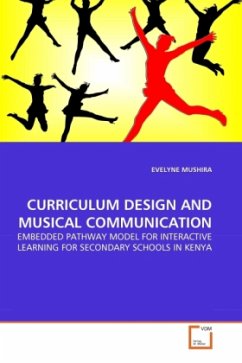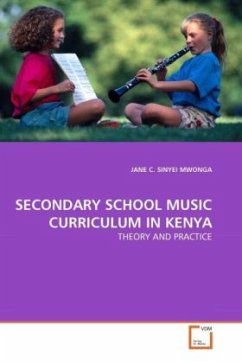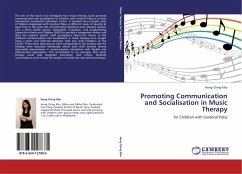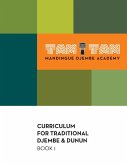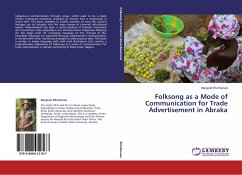The use of African music in the classroom ought to take place through approaches that are consistent with the genre. This book identifies and investigates the viability of call and response, cyclic and multi-part music-making procedures. The prominence of the call and response procedure in indigenous Kenyan music is identified and explored as a possible model of curriculum design and implementation. The book reports results of an experimental study carried out in secondary schools in Kenya, using this procedure. In this regard, this book recommends the Embedded Pathway (EP) Approach - a paradigm designed to show how musical communication can be optimized in the classroom. The author asserts that the use of call and response has substantial pedagogic value which is untapped and argues that when call and response procedure is used, learning becomes practical rather than theoretical. The book features ideas on: curriculum design and implementation, mapping of objectives; content sequencing; instructional procedures; musical expectancy; assessment strategies and musical resource use. This book offers a pragmatic approach to teaching and learning Music of Africa and World Musics.
Bitte wählen Sie Ihr Anliegen aus.
Rechnungen
Retourenschein anfordern
Bestellstatus
Storno

